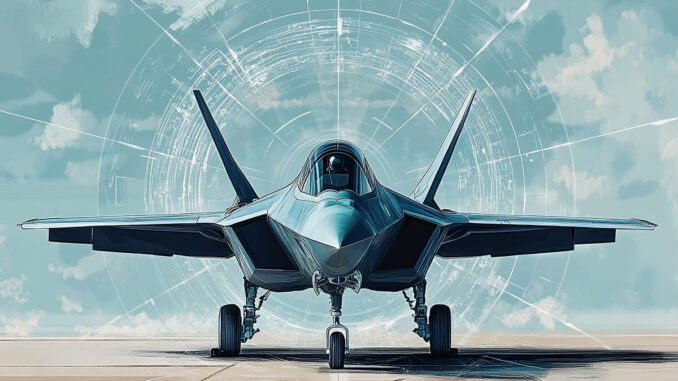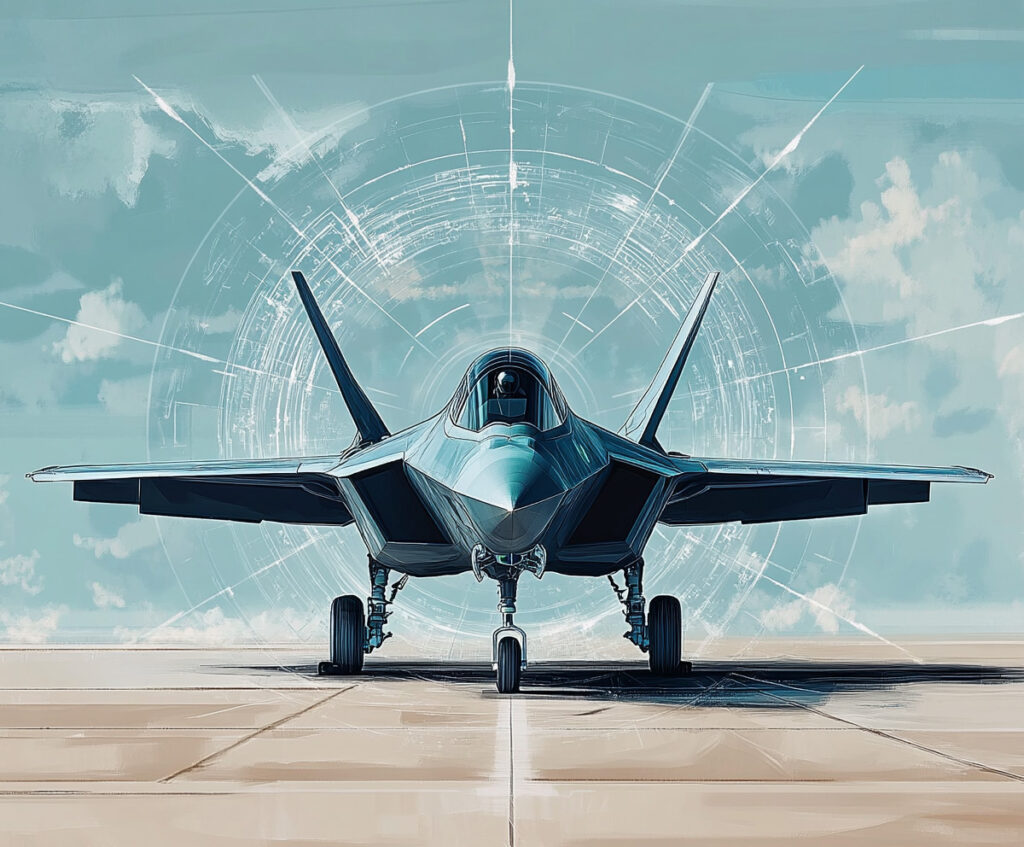
Northrop Grumman’s ATHENA sensor, selected by the US Army, provides 360° threat detection to enhance aircraft protection.
Northrop Grumman has been selected by the US Army to participate in the initial phase of the Improved Threat Detection System programme with its ATHENA advanced sensor. This next-generation sensor provides 360-degree surveillance and rapid detection of threats, including anti-tank missiles and small arms. Integrated with existing countermeasure systems, ATHENA aims to improve pilot safety by providing unrivalled situational awareness, making it essential for air mission survivability.
ATHENA: a crucial innovation for aircraft survival
Northrop Grumman’s Advanced Tactical Hostile Engagement Awareness (ATHENA) sensor represents a major advance in threat detection for military aircraft. Selected by the US Army as part of the Improved Threat Detection System programme, ATHENA is designed to provide 360-degree continuous surveillance, an essential asset for improving aircraft protection against modern threats.
The ATHENA sensor uses advanced technology to detect a wide range of electro-optical/infrared (EO/IR) threats, such as anti-tank guided missiles, small arms and rocket-propelled grenades. Thanks to its ability to geolocate rapidly these threats, ATHENA enables a faster and more accurate response, thereby reducing the risks for pilots and crews. This high-resolution detection capability is particularly crucial in environments where threats can emerge from any direction.
ATHENA’s innovation also lies in its seamless integration with existing countermeasure systems, such as Common Infrared Countermeasure (CIRCM). This means that aircraft equipped with older sensors can easily be upgraded to take advantage of ATHENA’s new capabilities, without the need for major structural modifications. In addition, ATHENA is designed to be a form-fit replacement for legacy aircraft sensors, facilitating its adoption in a variety of aircraft platforms.
The impact of 360-degree surveillance on mission safety
ATHENA’s 360-degree surveillance capability is a key factor in improving air mission safety. In modern combat environments, where threats can come from all directions, situational awareness is essential. ATHENA provides pilots with a complete view of the environment around the aircraft, including underneath, which is a significant advance over traditional detection systems.
ATHENA’s ability to see through the floor of the aircraft is particularly notable, providing complete coverage and eliminating blind spots that could otherwise be exploited by enemy threats. This feature ensures that even attacks from low or hidden positions can be detected and countered effectively. This significantly increases aircraft survivability in conflict zones where ambushes and surprise attacks are commonplace.
In addition, ATHENA’s ability to operate continuously, without interruption, ensures continuous protection throughout the mission. This is particularly crucial in long-duration scenarios, where crew fatigue and the complexity of operations can increase the risks. By providing real-time alerts on potential threats, ATHENA enables crews to remain focused on their mission while being aware of immediate dangers.

Integration and interoperability with existing systems
Another major advantage of the ATHENA sensor is its interoperability with existing countermeasure systems. This includes systems such as CIRCM, which use flare- or laser-based countermeasures to neutralise threats. ATHENA’s integration with these systems enables a more co-ordinated and effective response to attacks, increasing the likelihood of thwarting threats before they can reach their target.
The fact that ATHENA can be easily integrated into existing aircraft without major modifications is a considerable advantage for armed forces. This not only reduces installation costs, but also minimises the operational disruption that could result from lengthy periods of aircraft adaptation or modernisation. As a direct replacement for older sensors, ATHENA offers a significant upgrade in capability while maintaining continuity of operations.
This integration capability also enhances interoperability between different branches of the armed forces, enabling more fluid coordination during joint operations. For example, an ATHENA-equipped aircraft can share real-time information on detected threats with other units, improving the force’s overall responsiveness.
Future implications for air defence
The adoption of the ATHENA sensor by the US Army marks an important milestone in the evolution of air defence. As threats evolve and become more sophisticated, detection and response capabilities must also advance to maintain a tactical advantage. ATHENA, with its cutting-edge technologies, represents a significant advance in this area, offering situational awareness and response capabilities that far surpass legacy systems.
Investment in technologies such as ATHENA underlines the importance of aircraft survivability in modern conflict. As militaries around the world look to strengthen their defence capabilities, solutions like ATHENA could become the norm for combat aircraft, ensuring crews have the best possible tools to deal with threats.
War Wings Daily is an independant magazine.